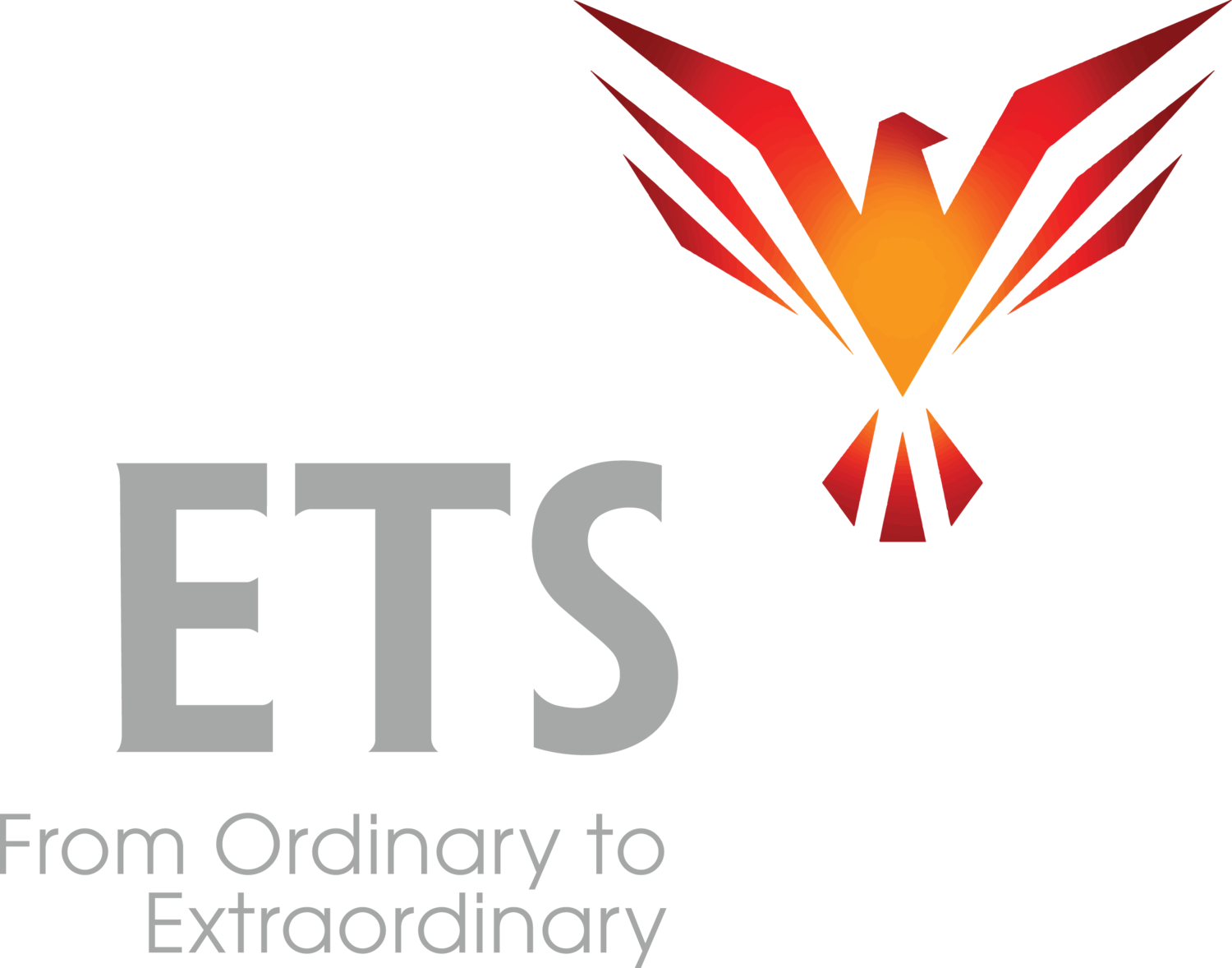They were the new Executive Leadership Team in a high-tech start-up that had just gone public. But when they got up to present, they were a group of exceptionally smart ragamuffin techies, ragged, uneven in their presentation abilities. One was overly dynamic (the CEO), the others ranged from occasionally interesting to excessively stiff. One even looked like he didn’t quite belong there.
Their mission was to inspire analysts and their own organization about their future.
They had an incredibly good message. If you read between the lines, you’d pick it up. The problem was, that’s not how their audiences will judge them. They’ll be assessing the personal leadership competence of each of the five men and two women on stage.
It was their personal credibility that was on the line. The question in the audience’s mind was going to be: “Enough with the rhetoric. Do they make me believe they can pull it off?”
This leadership team knew they could do it, but that wasn’t what mattered. Being smart wasn’t what mattered. What mattered was their ability to communicate it to the world. Smart strategy does no good if the audience doesn’t buy it. How many times have you heard a person say, “They just don’t get it.” Or fall short because “they” don’t believe it.
This is about the ability to communicate. And that is not just a verbal skill. Everything about you sends out a message. Much of a great leader’s success is created with compelling, non-verbal signals, unspoken qualities like executive presence, inspiring leadership manner, the ability to command a room, the ability to create a powerful emotional tone, the ability to connect with the whole audience, authenticity, courage, certainty, and even charisma.
All of these seemingly invisible qualities create an energy. It’s an energy that’s conveyed by the subtle, nuanced ways of how you are on stage, how you’re addressing the group, that go well beyond your words. These qualities can’t be faked. You have to really have them. The audience feels it, you can count on them to know if you’re missing anything, you can count on them to respond when you have it.
There’s a world of difference between a “Wannabe” on stage and an executive who’s the genuine real deal.
And there’s a world of difference between a room of smart guys and appearing as a real team.
My job was to get them all there in 2 days. That meant teaching them how to think, the right things to be, and the right things to do. And to help them practice. Lots and lots of practice under very close supervision and guidance.
The word “practice” comes from an Old French word practique which means "fit for action." Before that it came from an ancient Greek word prattein which means “to pass through, travel, come to an end and succeed”. That’s what right action and right practice give you: a direct road to success.
Practice gives you certainty. Practice gives you precision. Practice gives you competence. And in this case, we’re talking about communication competence, the most important competence a person can have to ensure a good life. You know it when you have it, and your audience knows it within seconds too.
A week after their training, they came out like stars on stage to a large audience of employees. Each one was natural, unique, their own style, their own personalities shining through, but also powerful. Just the natural way they entered the room, just the way they stood there, the physical way they connected with their audience, their poise as they watched each other‘s presentations. All the nonverbal signals inspired confidence. As each moved center stage to speak, their key messages were sharp and penetrating, they flowed, the momentum built. The audience started silently cheering them, then spontaneous applause broke out during their presentations, then standing ovations after each one and a big one at the end.
The employees looked at their Executive Leadership Team and saw something they hadn’t seen before: a dream team. The organization pivoted from uncertain about the future to enthusiastic and proud. The launch was a success and set the foundation for organization-wide inspired motivation and hard work.
A team can be good when it has a star, or even two stars. But it’s nothing compared to a unified, seamless team when you are ALL amazing. This kind of team creates a juggernaut of exhilaration as it makes a common purpose real and broadly felt throughout the whole organization.
It’s a joy to be a star. It’s an even greater feeling of elation to be part of a dream team. You walk that much taller, hold your head up that much higher, knowing that to your left and to your right, your compadres are doing the same.
Dream teams are not the product of some mysterious luck or having a few stars. They’re shaped by practice. And they can happen fast.
Regardless of where you are on your team, and it seems we’re all on one or many, you can be the catalyst to make it happen for yours.
Be the cause!

